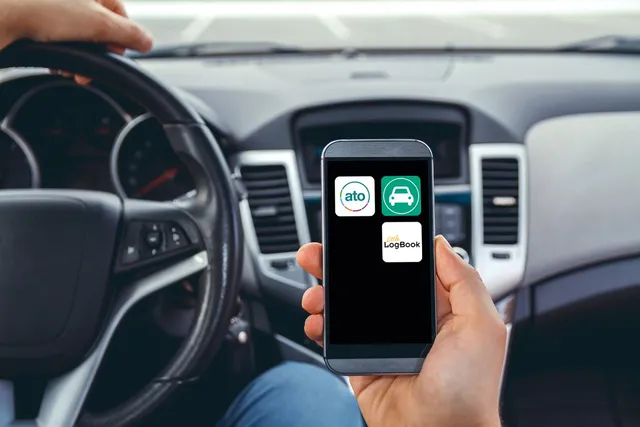
If you worked from home during the 2024 financial year, this blog is for you! The nature of how WFH expenses are claim is becoming increasingly strict, so ensure that your record keeping method is conducive to your business. Everything you need to know about claiming WFH deductions is in here…
How do I know if I’m eligible?
Firstly, to claim working from home (WFH) expenses you must:
- Be working from home to fulfil your employment duties and not just carrying out minimal tasks such as occasionally checking emails or taking calls; and
- Incur additional expenses as a result of working from home
Secondly, to claim a deduction for expenses you incur when WFH you need to:
- use one of the methods set out below to calculate your deduction; and
- keep records that show you incurred the expenses.
The two methods of calculating your deductions are the revised fixed rate method and the actual cost method. Don’t worry, we set out what these are for you!
Revised Fixed Rate Method
You can use this method if you:
- incur additional running expenses as a result of working from home
- be working from home to fulfil your employment duties, not just completing minimal tasks (like checking work emails)
- keep records at the time you work to prove you incur the cost.
The ATO has decided that you DON’T need to have a dedicated office to qualify for this method.
What is the rate?
The claim is a fixed rate of 67 cents for each hour you worked from home.
What does this rate include?
- Data and internet
- Mobile and home phone usage
- Electricity and gas for heating, cooling and lighting
- Computer consumables
- Stationery
What can I claim in addition to this rate?
- decline in value of depreciating assets other than home office furniture and furnishings used for work purposes – for example, computers and laptops.
- repairs & maintenance of these assets
- cleaning (only if you have a dedicated home office)
Actual Cost Method
Who can use this method?
If you have kept records which show the amount you spent, depreciating assets you buy and use while working from home and or work-related use for your expenses and depreciating assets
How does it work?
You can work out your deduction by calculating the actual expenses which may include the following expenses:
- Data and internet
- Mobile and home phone usage
- Heating, cooling and lighting
- Computer consumables and stationery
- Decline in value of depreciating assets
- Cleaning expenses (only if you have a dedicated home office)
How do I calculate my ‘actual expenses’?
If you have a designated home office, you can apportion the size of the office relevant to your total house size. For example, if your home office covers 15% of your home you can claim 15% of your heating, cooling and lighting charges.
For expenses such as phone and internet, you apportion the work-related component of these expenses. For example, if your internet charges for the year are $500 and your work-related % is 80%, you can claim $400 under this method.
What records do I need to keep?
- Receipts, bills, invoices showing supplier, amount, description, date paid, etc
- Evidence of your personal and work-related use
- You must record of the number of actual hours you work from home during the income year
- Diary for a representative four-week period to show your usual pattern of working at home
Deciding which method works for you depends on your personal circumstances. For many people the actual cost method will lead to a larger deduction, but some will find the new 67c per hour works out better.
The most important thing for you to remember is the strict new requirements for record keeping, especially tracking the hours you work from home across the year in a calendar or diary
Looking for some help on figuring out your WFH deductions? MKS Group has a team of experts that can help. Contact our team today: hello@mksgroup.com.au
Read More Blogs
Accurate Logbook & Odometer Readings: Essential for FBT Compliance
As the end of March approaches, so does the conclusion of the Fringe Benefits Tax…
Unlocking Success: The Benefits of Coaching for Small Business Owners
Understanding Your Minimum Repayment Obligations
6 Tips for Small Business Owners Preparing for the Christmas period
Everything You Need to Know About Your Work From Home Deductions
If you worked from home during the 2024 financial year, this blog is for you!…
3 Ways to Reduce Business Expenses Without Sacrificing Quality
In the dynamic world of small business, maintaining a lean operation without compromising on quality…







